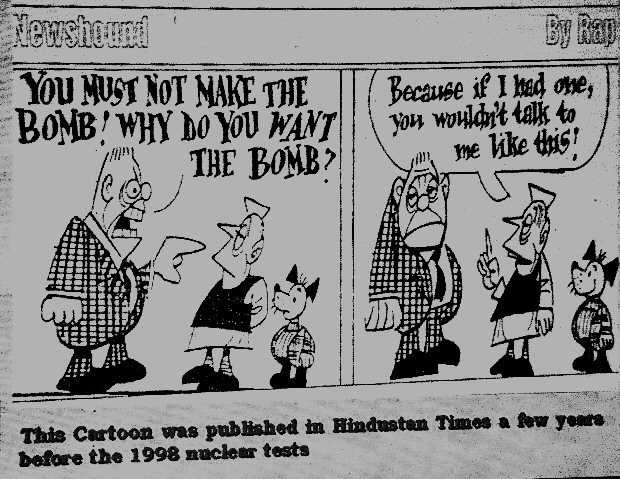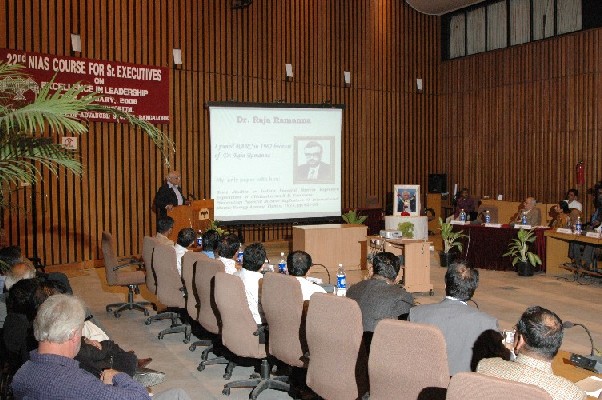I learned from one of Alf’s relatives that he died yesterday, Nov. 17, at his home in Nassau, Bahamas. He may have died from a heart attack, but there has been no official statement. The relative was not aware of any prior history of heart trouble. I think Alf was in his 50s. This is all I know right now.
Alf enjoyed doing LENR research and also worked at Biolife LLC, in Sarasota, Florida. Biolife grew out of a revolutionary topical powder used to stop bleeding. It was invented and developed by Alf and James “Doc” Patterson, another LENR researcher.
Alf had been working on LENR transmutation experiments. He was also one of the board members of New Energy Institute, the parent organization of New Energy Times.
SBK



